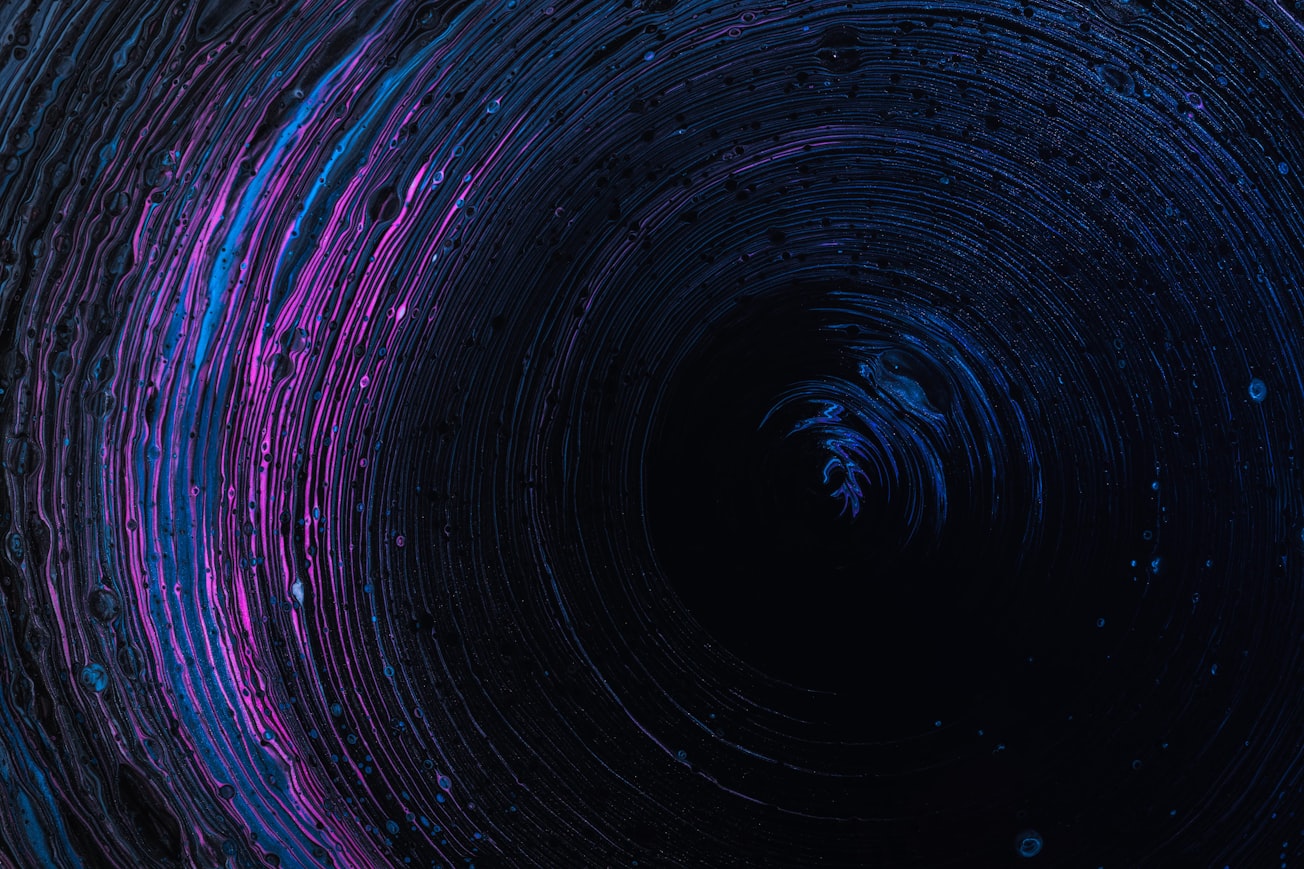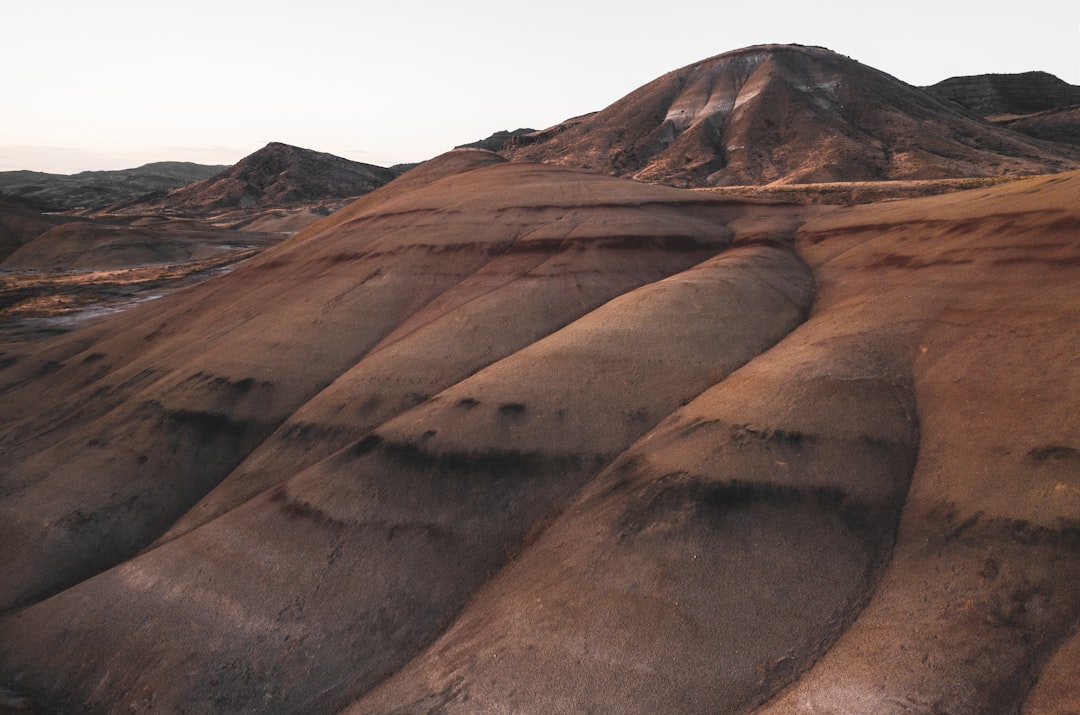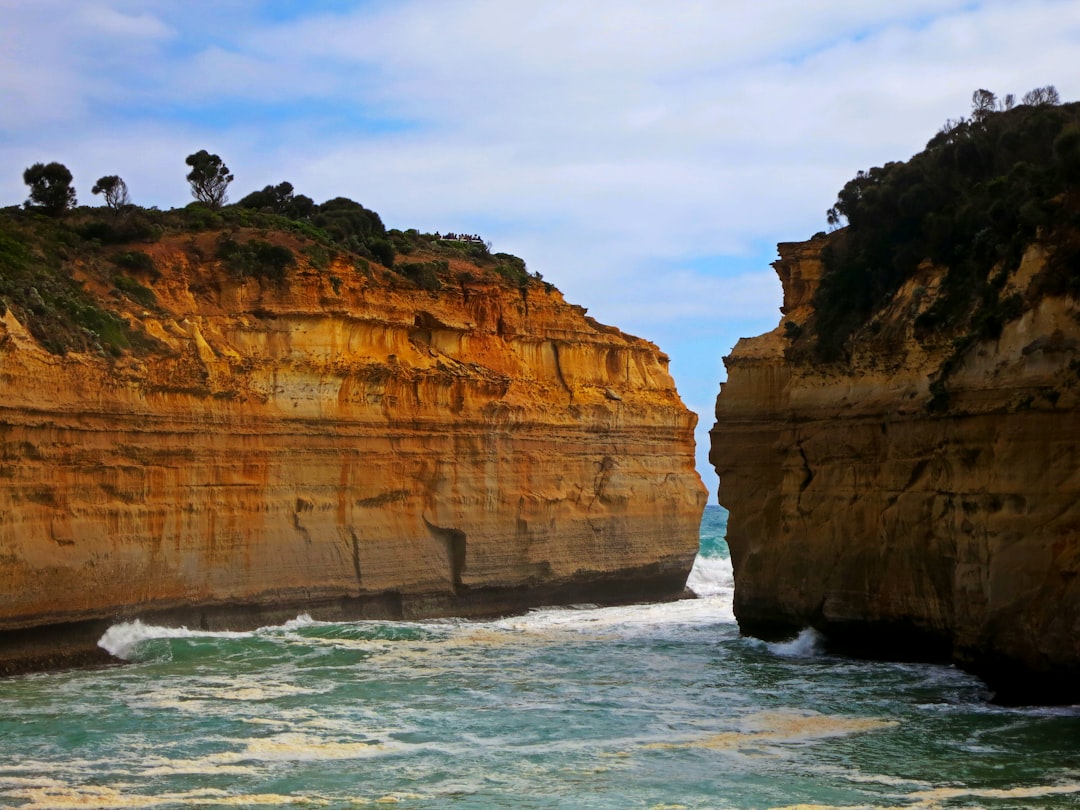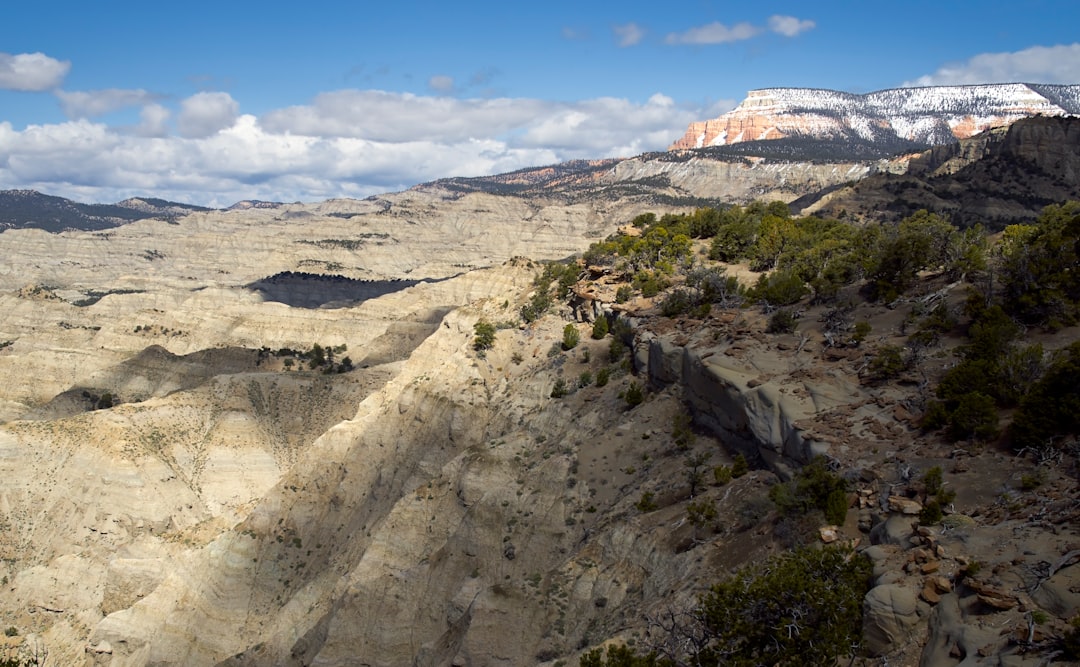What is it about?
A long-standing challenge in seismic exploration is generating and recording active-source low-frequency (i.e., below 2 Hz) signals. However, acquisition hardware such as ocean-bottom nodes (OBNs) constructed for longer-term deployments is able to record naturally occurring ambient low-frequency seismic energy that propagates through the subsurface. This ambient waveform energy, when stacked over a sufficiently long period of time, is potentially useful for subsurface imaging and inversion analyses. To demonstrate this assertion, we use continuous ambient wavefield data acquired over a 40-day period on a 2000-node OBN array located in the Gulf of Mexico. Using an ambient processing workflow for precorrelation long-time recordings that includes an interferometric calculation to compute virtual shot gathers (VSGs), weshow that at least two different low-frequency surface-wave modes became apparent. The key observation is that the observed surface-wave energy is sensitive to subsurface geologic structure. By overlaying wavefield propagation from individual radial-component VSGs on a velocity model known from active-source surveying, the depicted wavefield propagation clearly identifies salt body boundaries at depths corresponding to the frequency of the surface-wave energy.
Featured Image

Photo by Pawel Czerwinski on Unsplash
Why is it important?
Due to the interferometric nature of the VSG calculation, each OBN location can be used as a VSG pseudosource location; thus, these wavefields potentially can be used to construct low-frequency shear-wave velocity models. These elastic model components may be valuable as initial models for full-waveform inversion, as well as for seismic imaging applications involving complex offshore geologic scenarios.
Read the Original
This page is a summary of: Low-frequency ambient ocean-bottom node surface-wave seismology: A Gulf of Mexico case history, Geophysics, December 2022, Society of Exploration Geophysicists,
DOI: 10.1190/geo2021-0732.1.
You can read the full text:
Contributors
The following have contributed to this page










